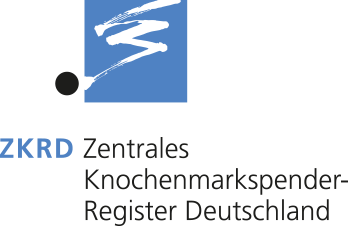Criteria for Finding a Donor
The human immune system works according to a simple principle. Anything that doesn’t belong in the body can have harmful effects and is therefore attacked by the cells of the immune system. This is how the body defends itself against bacteria and viruses. The immune system is therefore a hurdle in the event of tissue transplantation. If it regards the transplanted tissue or even the transplanted stem cells as foreign, it will trigger a rejection reaction. In leukemia patients, the consequences of this can be serious and even life-threatening. It is therefore extremely important to find a suitable donor.
HLA characteristics & genetic twins
 To minimize the risk of rejection, it is essential to find a donor who has the same tissue characteristics as the patient – a genetic twin. These characteristics, called human leukocyte antigens (HLA), are tiny structures on the surface of the cells in the body. Based on their shape, the body distinguishes between those that belong in the body and those that don’t.
To minimize the risk of rejection, it is essential to find a donor who has the same tissue characteristics as the patient – a genetic twin. These characteristics, called human leukocyte antigens (HLA), are tiny structures on the surface of the cells in the body. Based on their shape, the body distinguishes between those that belong in the body and those that don’t.
The genes (blueprints) of the five most important HLA characteristics – A, B, C, DRB1 and DQB1 – are located on one single chromosome and are therefore inherited jointly as a “haplotype.” Every person inherits one HLA haplotype from each of their parents. There are over a hundred variants of each HLA characteristic, and the possible combinations reach the trillion mark. Hence, the likelihood of finding two people with identical tissue characteristics is very low and the search for a suitable unrelated donor both complex and elaborate.
Is it kept in the family?
The first step is to check whether there is a genetic twin in the family. The likelihood of finding a suitable donor among siblings is 25%. Among other family members, the chances are generally much lower. As families in Germany tend to be small, relatives are found to be suitable donors for approximately one third of patients only, on average.
Finding an unrelated donor
For the remaining two thirds, an unrelated donor must be found. The attending doctor therefore contacts the relevant search center and they agree on the search criteria. The center then forwards all the necessary information and documents to the ZKRD. The ZKRD searches the national and international donor databases to obtain a list of potential, suitable donors. The search center then selects an appropriate donor for the respective patient according to defined technical criteria.
Questions and answers
The most frequently asked questions and answers about typing and stem cell donation can be found in our FAQs.
Would you like to sign up?
Simply contact your nearest donor center. More information about the donor centers and their locations can be found on our address page.



